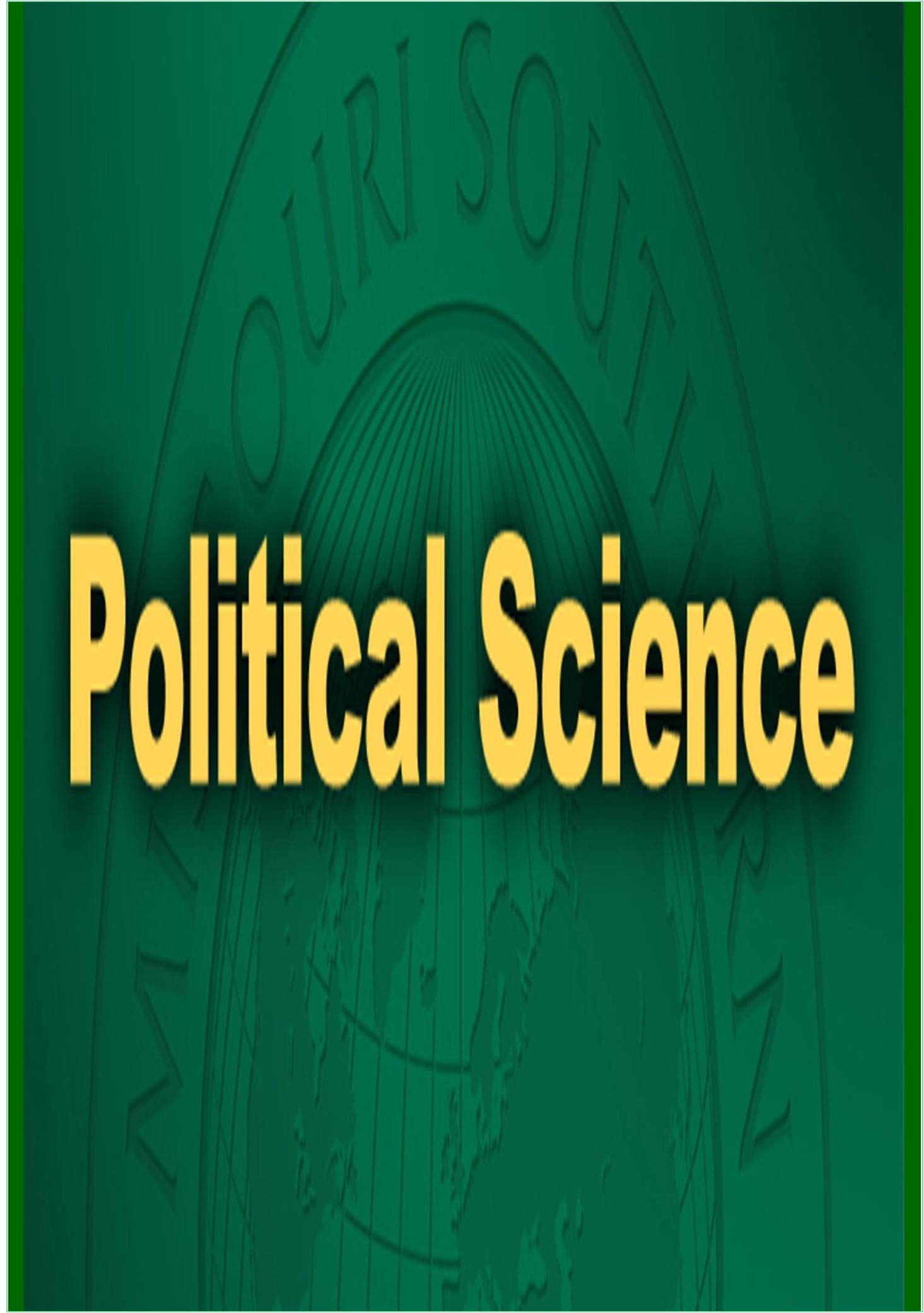



Received: 28-Nov-2022, Manuscript No. GJPSET-22-82785; Editor assigned: 02-Dec-2022, Pre QC No. GJPSET-22-82785(PQ); Reviewed: 16-Dec-2022, QC No. GJPSET-22-82785; Revised: 23-Dec-2022, Manuscript No. GJPSET-22-82785(R); Published: 30-Dec-2022, DOI: 10.15651/GJPSET.22.3.036
The distribution pattern of ethnic groups, notably their relative size, number, and degree of geographic concentration or dispersion, is a last factor to be taken into account while analyzing various electoral possibilities. One of the reasons is that it frequently occurs that the geographic distribution of opposing groups and the level of hostility between them are correlated. Geographical intermixture encourages regular intergroup contact which may heighten levels of antagonism between groups but also acts as a deterrent to the most extreme forms of ethnic strife. Although familiarity might generate contempt, it also typically fosters some kind of acceptance. Thus, diverse communities have a lower chance of being at conflict with each other than do groups that are geographically isolated from one another.
Additionally, interethnic mixing gives rise to various ethnic goals and aspirations. When communities are widely distributed and mixed with one another it is more difficult to incite territorial claims and self-determination rallying cries. Group mobilization around concerns like civil or group rights and economic access is probably more common in these circumstances. However in other cases, formal territorial devolution of power or autonomy must be considered in order to manage the most severe forms of ethnic conflict; in these cases geographical separation is the only option. In Bosnia's extraordinary scenario of "ethnic cleansing," regions that once had populations that were heavily mixed with Serbs, Croats and Muslims are now predominately monoethnic. Another situation is one in which some election systems are inherently impossible due to the distribution of ethnic groupings. This depends more on the geographic concentration or dispersion of various communities than it does on the size of the group. The facts of political geography must be taken into account while developing any election strategy for conflict management. Issues of group autonomy as well as territorial prescriptions for federalism or other forms of devolution of power will typically be a key concern. Groups that are indigenous or tribal frequently exhibit a particularly strong propensity towards geographic confinement.
A single ethnopolitical group will likely hold a large number of electoral constituencies and unofficial local power bases, for example, where minorities are observed to be more strongly concentrated in single contiguous geographic areas than minorities in other regions. This has important ramifications for electoral engineers since it suggests that any election system that focuses on singlemember districts will probably result in the creation of "ethnic kingdoms" at the local level. Under these circumstances, minority representation and power sharing would probably call for some kind of multimember district system and proportional representation. The ethnic identities are frequently masked by other intersecting cleavages and even small single-member districts are likely to be ethnically diverse, so electoral systems that encourage parties to seek the support of various ethnic groups may very well work to reduce interethnic hostilities and encourage the growth of large, multi-ethnic parties. A significantly distinct set of electoral processes are necessary in this circumstance. As a result of the need for a parliament with thousands of members and the fact that parties are typically weak or non-existent in these situations, any attempt at proportional representation would be nearly impossible. The typical party-based systems of proportional representation would also be particularly inappropriate in this situation. The number of options available to electoral engineers is thereby drastically reduced.